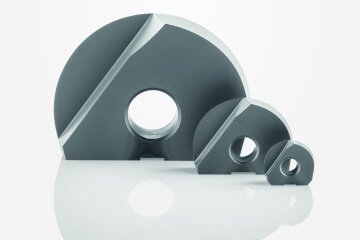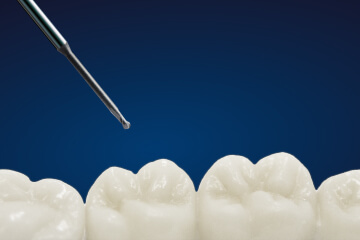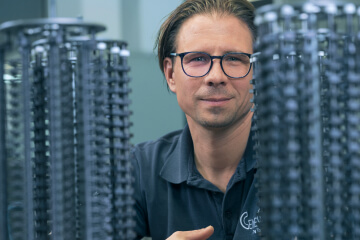
Exploiting the enormous potential of graphite
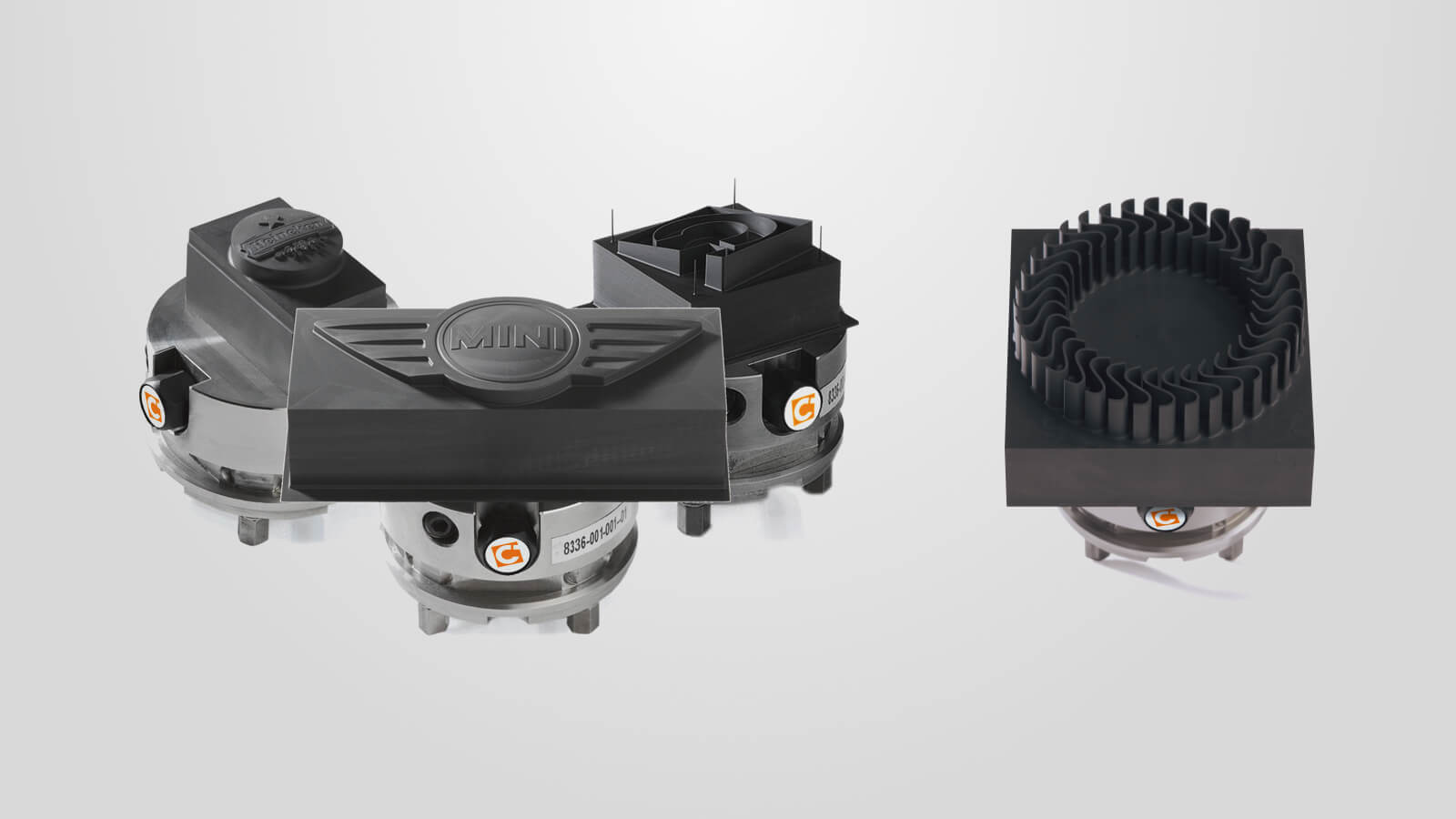
CIMTRODE – know-how from Austria
Electrically conductive, temperature-resistant and a good heat conductor, dimensionally stable, lightweight and more – graphite has numerous positive properties. This makes it the ideal material for a wide range of applications and industries, such as tool and mold making, electromobility and the semiconductor industry. However, machining has its challenges. Daniel Gruber, Managing Director of CIMTRODE GmbH and an expert in graphite machining, has been driving forward the optimization of processes since the beginning of his career.
The demand for graphite on the global market is growing continuously – and at an increasing rate. This is hardly surprising, as the is versatile material is used in many booming markets. For example, numerous components in the semiconductor industry, such as wafers, electrodes, brackets and clamps, are made of graphite. In electromobility, the material is an important component of anodes for battery production as well as brushes and contacts for current collectors. In electrode production in die and mold making, for example, graphite is preferred to copper in many areas.

Using the advantages of graphite thanks to diamond coatings
Graphite has already established itself as an electrode material in die and mold making. This is the specialty of CIMTRODE GmbH. Starting out as an electrode manufacturer, CIMTRODE is now a technology and development expert as well as a source of ideas in the field of graphite. As company founder and the brains behind CIMTRODE, Daniel Gruber is very familiar with the positive properties of the material in die and mold making: “Graphite offers many advantages over copper, which have a direct positive effect on the cost-effectiveness of electrode production and the eroding process – no manual reworking, no deburring, hardly any burn-off, and the electrode comes out of the milling machine ready to be eroded. This has enormous savings potential for many users and also generally increases the dimensional accuracy and ultimately the quality of the products to be manufactured.” Another major advantage are the design options: Graphite does not have a melting point, but only changes to a gaseous state at around 3,750 °C. This makes it very heat and dimensionally stable. This enables filigree and complex electrode geometries, which can be realized with enormous variability thanks to HSC milling technology.
“Graphite is very easy to process with today’s technologies. As a result, graphite electrodes have replaced copper electrodes in many areas,” says Daniel Gruber. “However, this trend only became possible with diamond coatings for the corresponding precision tools: Graphite is highly abrasive, to which degree depends on the grain size. For example, very fine graphite with a grain size of up to 1 µm is used for sizing electrodes. This results in very high abrasiveness, which makes machining extremely difficult. Without effective wear protection for the carbide tools, this is hardly economically feasible.”

The trend towards graphite electrodes only became possible with diamond coatings for the corresponding precision tools: Graphite is highly abrasive, which makes machining extremely difficult. Without effective wear protection for the carbide tools, this is hardly economically feasible.
Daniel Gruber, Managing Director of CIMTRODE GmbH
This is exactly where diamond coatings come into play. CemeCon is a pioneer in this field and has developed the diamond coating material CCDia®CarbonSpeed® especially for machining graphite. Manfred Weigand, Product Manager Round Tools at CemeCon, explains: “CCDia®CarbonSpeed® is particularly wear-resistant. As a multilayer, our diamond coatings also have ‘crack-stopping’ properties that prevent the total failure of the tool due to such damage.”
Tools with extremely small diameters from 0.1 mm are increasingly being used in graphite machining in order to maintain the fine contours and ever tighter tolerances. To ensure that the high accuracy of the tools is also guaranteed after coating, precision tools at CemeCon are coated to the desired final dimension on request – and this can be reproduced at any time, including documentation. The result is an unbeatable combination of a perfectly ground tool and a high-quality, smooth coating that ensures excellent surface quality.
Wet instead of dry
Another development that is favoring the growing use of graphite is wet machining: “Until a few years ago, dry machining was considered the best possible machining method for graphite electrodes. However, the very fine dust that is produced makes this an unclean process, which is rather difficult in hygienic industries such as medical technology, for example,” says Daniel Gruber. “When a mold maker who produces for precisely this sector was looking for a solution to take advantage of the massive benefits of graphite electrodes, we started a series of tests for wet machining. We were surprised by the positive results. Machining with cooling lubricants can actually be more efficient than without. The service life of the tools can be doubled in some cases. In addition, the dimensional accuracy of the electrodes was significantly increased. The result were finer, more homogeneous electrode surfaces with tight tolerances, which ultimately led to better erosion results.”
This paves the way for further precision applications, such as the production of molds for curved cell phone screens. In addition, the electrodes are washed and clean thanks to wet machining. This also has a positive effect on quality measurements and eroding with maximum precision. “Another advantage is the more flexible use of the machine. Wet machining makes graphite, copper and hard machining possible on only one milling machine. This lowers the financial hurdles for small and medium-sized companies, as there is no need to purchase another milling machine for graphite machining in addition to the eroding machine,” adds Daniel Gruber.
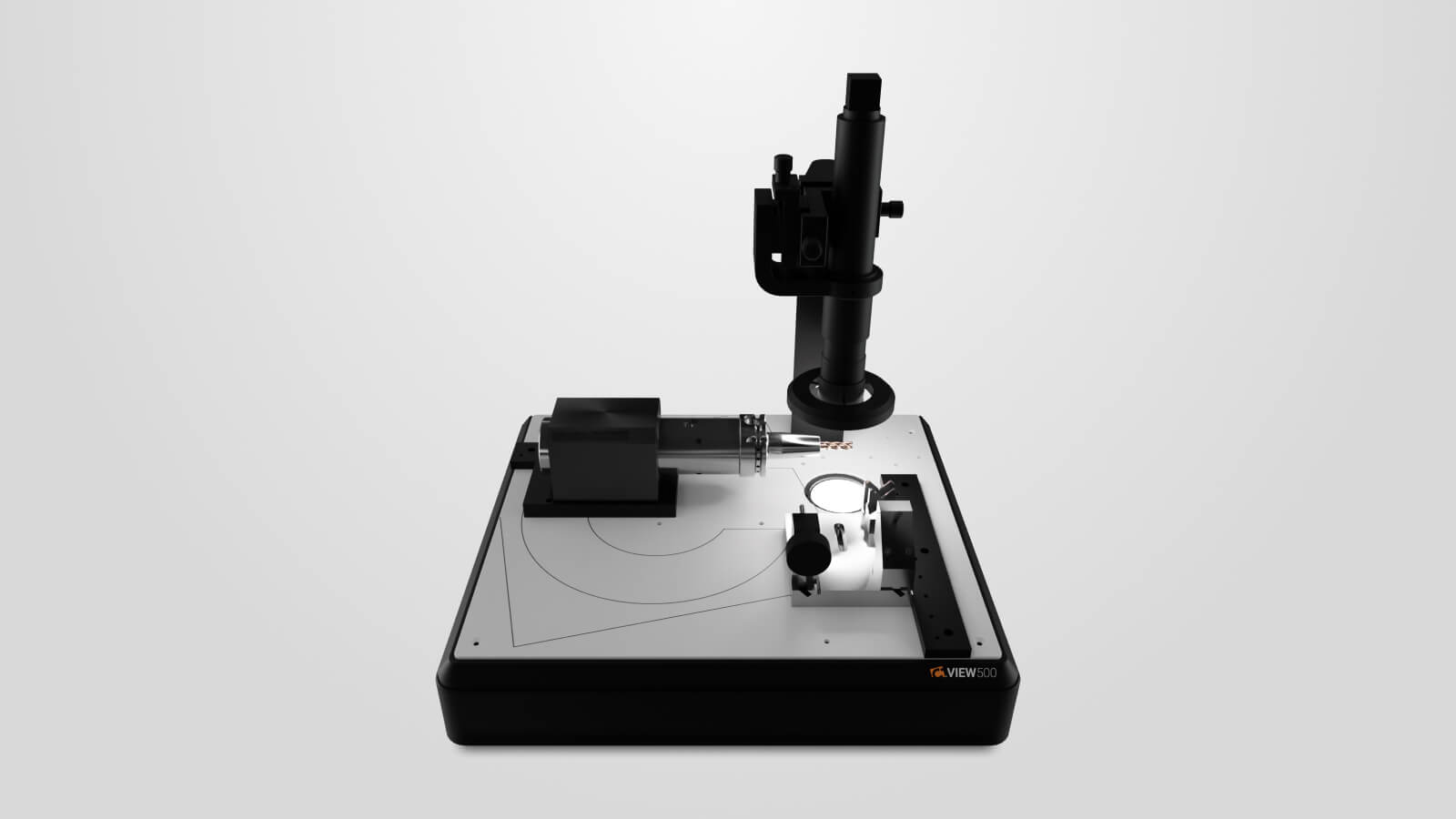
For maximum precision: CIMTRODE measurement technology
Especially with delicate electrodes with tolerances in the µm range, all factors must be perfectly coordinated. Only excellent quality control can identify possible errors at an early stage and, if necessary, lead to the parameters being adjusted. CIMTRODE has developed a measuring and inspection system especially for mold and tool making: C-View makes it possible, for example, to check and assess wear on milling or drilling tools. It also allows an exact assessment of electrode surfaces before they are eroded. This offers enormous advantages for the user and significant improvements can be achieved in terms of quality and process reliability.
CemeCon uses C-View in combination with a laser measuring device to carry out input and output checks on precision tools. Manfred Weigand explains: “Tools, even sister tools, differ in diameter and length – even if only minimally. In order to determine the exact coating thickness for the required final dimension, it is therefore essential to measure the tools. The attachment developed by CIMTRODE with a 4K camera for the laser measuring device enables us to always measure the tools at the same measuring point in a matter of seconds.” CIMTRODE and CemeCon are already working together on developments to further optimize graphite machining processes to a greater extent.
In order to improve the CO2 footprint during production, the major manufacturers are doing intensive research into the recycling of graphite – also in order to be able to meet demand despite the lengthy production process. Daniel Gruber is certain that demand will continue to rise, as the potential of the material is far from exhausted and is only just being discovered.
CIMTRODE GmbH
The CIMTRODE GmbH was founded in 1997 by Daniel Gruber and has specialized in graphite machining solutions for mold and die making right from the start. One milestone was the introduction of the “all-inclusive electrode” made of graphite. CIMTRODE’s pioneering role has contributed to the widespread use of electrodes today. Thanks to many years of experience in graphite machining, CIMTRODE has developed further innovative and practical products designed by users for users. These include, for example, the high-precision SEAGULL milling cutters with cost-saving cutting pressure optimization and the C-View optical inspection system. The focus is always on the user’s benefit, based on the company’s own experience. CIMTRODE is continuously working on first-class and innovative solutions that help to keep die and mold makers competitive in today’s world.
